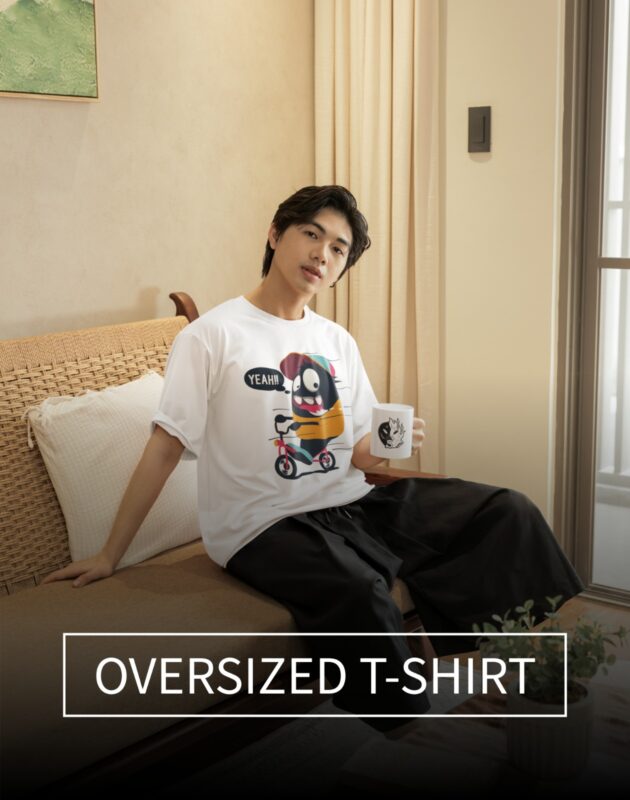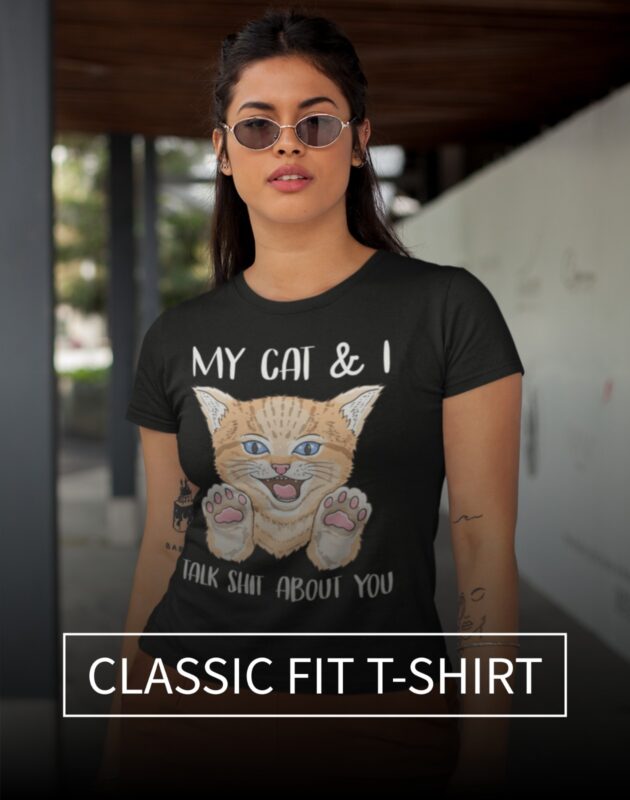Why Sustainable Fabrics Matter in Printed Fashion: A 2025 Deep Dive

In 2025, the conversation around fashion has shifted from what's trending to what's responsible. One of the most talked-about changes is the rise of sustainable fabrics in fashion, particularly within printed garments. Once known for their bold graphics and expressive aesthetics, printed fashion pieces are now at the forefront of a quiet revolution; redefining beauty with responsibility.
Fashion today is not just about how a garment looks or fits. It’s about how it’s made, where it comes from, and the impact it leaves behind. In printed fashion, where chemical dyes, water-heavy processes, and synthetic fabrics have dominated for decades, the transition to eco-friendly textiles and conscious production methods isn’t just timely—it’s urgent.
What Are Sustainable Fabrics and Why Do They Matter in Printed Fashion?
Sustainable fabrics are textiles that minimize environmental impact across their entire lifecycle. From the way they're produced to how they’re disposed of, these materials use fewer resources, create less waste, and are often recyclable or biodegradable. They support soil health, conserve water, and limit toxic chemical exposure—benefits that are especially important in textile printing, where environmental damage has traditionally been high.
Using eco-friendly fabrics allows fashion brands to significantly reduce their carbon footprint. The fashion industry contributes nearly 10% of global greenhouse gas emissions, making the shift to sustainable textiles not just preferable but essential. These fabrics are more than alternatives—they represent a needed rethinking of how we design, produce, and wear clothing.
Top Sustainable Fabric Choices Transforming Printed Fashion
In the past, printed garments relied heavily on synthetic fibers like polyester and nylon. These are petroleum-based, energy-intensive, and non-biodegradable. But now, designers are choosing better materials that work well with modern eco-conscious printing techniques and reduce environmental damage.
Organic cotton has emerged as a leading choice. Grown without synthetic pesticides or fertilizers, it uses much less water than conventional cotton and offers a clean base for both digital and hand-applied designs.
Hemp is another key material in sustainable fashion printing. It grows quickly, resists pests naturally, and requires minimal irrigation. Its strong fiber structure makes it ideal for structured printed apparel.
Linen, made from flax, is also gaining traction. It thrives in poor soil, needs little water, and brings a crisp texture that's perfect for summer collections and vibrant prints.
TENCEL™ Lyocell is an innovative material made from sustainably sourced wood pulp in a closed-loop system that reuses water and solvents. It’s soft, smooth, holds color exceptionally well, and is compatible with both digital and sublimation printing.
Recycled polyester is a lower-impact alternative to virgin polyester. Made from post-consumer plastic, it reduces landfill waste and carbon emissions, making it an excellent match for long-lasting, detailed prints—especially in activewear and outerwear.
Sustainable Printing Techniques That Support Low-Impact Fabric Use
To create sustainable printed fashion, it's not enough to use better fabrics—we must also change how those fabrics are printed. Traditional textile printing consumes large volumes of water and energy, and relies on harmful dyes. Today, new technologies are helping brands print more responsibly.
Digital printing has become a leader in this space. It uses precision inkjet technology and water-based inks to apply designs directly onto fabric. This process eliminates the need for water-heavy dye baths, reduces energy use, and minimizes excess ink waste.
Sublimation printing, ideal for polyester and TENCEL™ blends, uses heat to transfer dye directly into the fibers. This results in vivid, durable prints with virtually zero water waste or chemical runoff.
Natural dyes are also making a comeback in sustainable fashion collections. Sourced from plants and minerals, these pigments are biodegradable and safe to dispose of. While they can be more time-intensive to apply, they bring unique variation and authenticity to each garment—especially in hand-printed or artisanal designs.
The Role of Conscious Consumers in Sustainable Fashion Trends
Sustainability in fashion doesn't begin and end with the designers. Conscious consumers are driving much of the shift. They’re asking deeper questions—what is this made of, who made it, and what happens when I’m done with it? And in doing so, they’re shaping the future of printed fashion.
For many, the material label now matters as much as the style. Shoppers are choosing printed pieces made from organic cotton, recycled fabrics, or biodegradable fibers not just for quality, but for what they represent—a better way to buy and wear clothes.
This shift is transforming printed fashion from fast and disposable to thoughtful and lasting. It’s not just about aesthetics. A printed shirt made with natural dyes and sustainable fabric is a reflection of value, care, and intention. That’s powerful—and it’s gaining traction.
Social media has amplified this movement. People are sharing what they wear, how it's made, and why it matters. Reviews, influencer content, and everyday conversations now include the environmental story behind each garment. Fashion has always been about personal expression. Now it's also about collective impact.
Brands that meet this moment with transparency and intention are building loyalty, not just buzz. And in 2025, that matters more than ever.
Conclusion: How Printed Fashion Becomes Truly Sustainable
Creating truly sustainable printed fashion means rethinking every step—from fiber to finish. It begins with choosing materials like organic cotton, hemp, and TENCEL™ that are grown and produced with minimal impact. Then it continues with using responsible printing techniques such as digital and sublimation printing, which drastically reduce water, energy, and chemical use.
But it doesn’t stop at production. Sustainability also means designing for durability, considering how long a garment will last, and planning for its afterlife—whether it’s passed on, recycled, or composted.
Brands must see sustainability not as a feature, but as a foundation. By combining better materials, smarter printing, and more conscious design, printed fashion can become more than visually exciting—it can be part of building a better industry.






